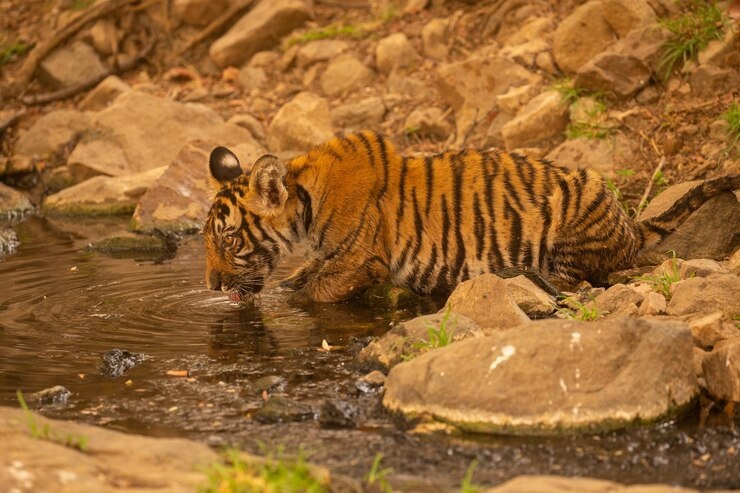India’s climate, vegetation, and wildlife reflect the country’s vast geographical diversity, ranging from tropical rainforests to arid deserts. The climate varies significantly across regions, influenced by factors such as latitude, altitude, and proximity to the ocean. In the north, the Himalayas shield the subcontinent from cold winds, creating a diverse range of climates from alpine to temperate. The central and southern regions experience a tropical climate, characterized by hot summers, monsoon rains, and mild winters. India’s vegetation is equally diverse, encompassing dense tropical rainforests in the Western Ghats and the Northeast, deciduous forests in central India, and thorny scrublands in the arid regions of Rajasthan and Gujarat. The country is also home to a rich variety of wildlife, including iconic species such as Bengal tigers, Indian elephants, and one-horned rhinoceroses. Protected areas such as national parks and wildlife sanctuaries help conserve India’s biodiversity, providing habitats for endangered species and supporting ecotourism initiatives. Despite challenges such as habitat loss and poaching, India’s commitment to wildlife conservation continues to be a cornerstone of its environmental policy, ensuring the preservation of its natural heritage for future generations.
The worksheet covers the following topics-
Cold weather season/ Winter
Hot weather season/ Summer
Southwest Monsoon season/ Rainy season
Season of Retreating Monsoon or Autumn- Location, altitude, distance from the sea and relief
Natural Vegetation
Why are forests necessary?
Wild Life- national animal, national bird, migratory birds,

















